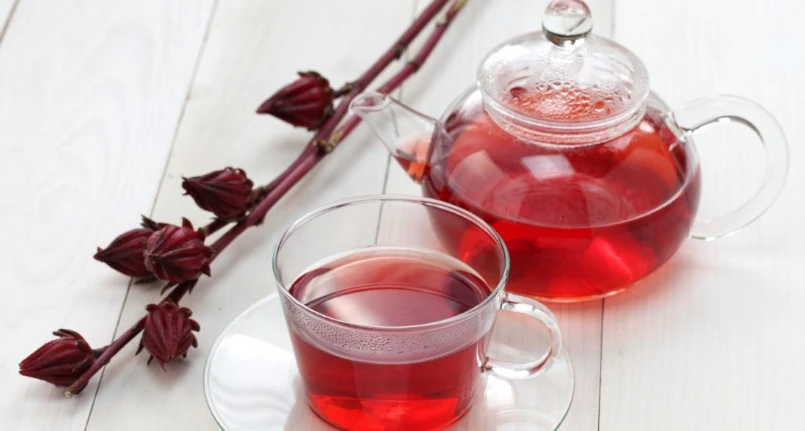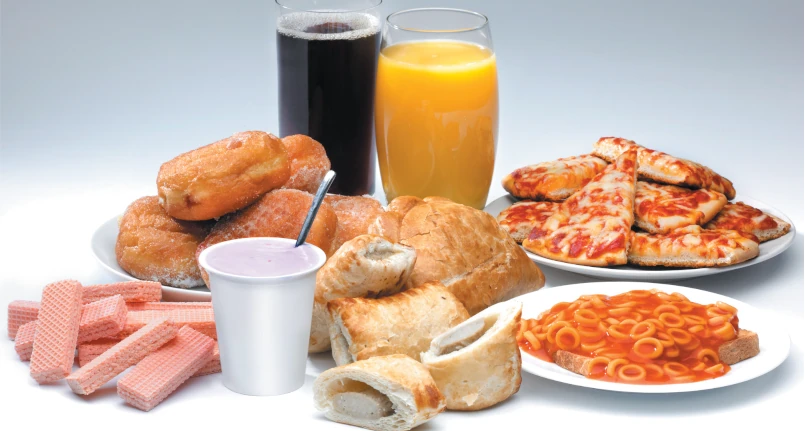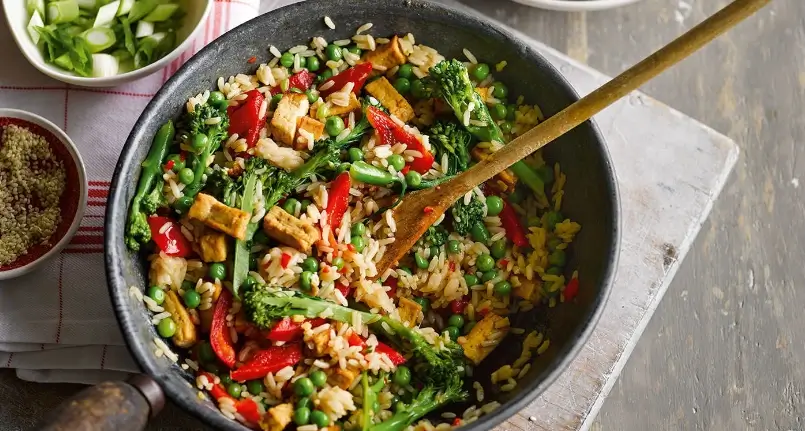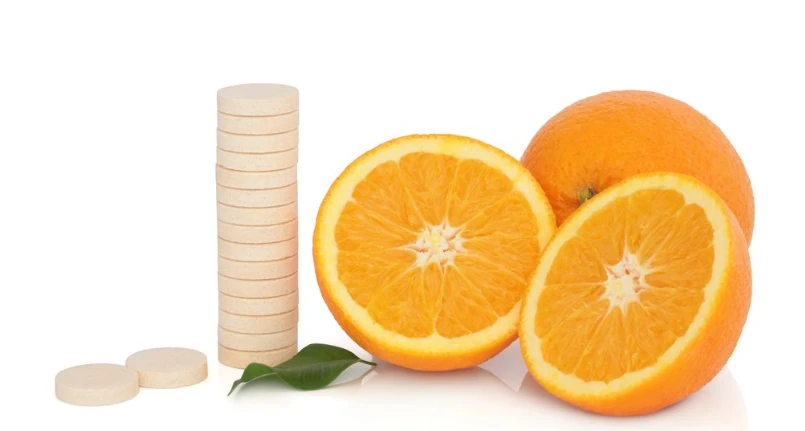Karkadè (Hibiscus sabdariffa) is a plant of the Malvaceae family, widespread above all in hot countries with rainy summers and not too cold and dry winters . It requires little water and little care and is consumed by transforming the dried petals of hibiscus flowers into an infusion .
The drink obtained is refreshing and thirst-quenching , slightly acidic and citrusy and with an unmistakable deep red colour. In addition to having a pleasant taste , its beneficial properties for the body would be different.
Origin and diffusion of Karkadè
When we talk about karkadè we mean an infusion that is obtained from the petals of the red flowers of the Hibiscus, a plant that grows above all in Africa and in the Caribbean areas. The word karkadè comes from the name karkadeb, the way the plant is called in the Tacruri dialect, in Ethiopia.
This drink is also known by other names such as red tea , Abyssinian red tea, Nubian tea, Jamaican sorrel or hibiscus tea .
Today also widespread in Europe, where it arrived after the colonial period, karkadè is much appreciated in Africa, where in addition to the red version, a green one is also consumed and is consumed both hot and cold.
Benefits of karkadé
Drinking Karkadè regularly would bring many benefits to the body and the reason lies in the components of this infusion. The petals of the plant, in fact, are rich in anthocyanins , flavonoids , tannins , vitamin A , vitamin C, vitamin D , calcium , potassium and magnesium .
Vitamin C with its antioxidant , anti – flu and vitaminizing action , thins the blood . It also protects against high cholesterol , has an anti – inflammatory action , improves the functionality of the nervous system and the bioavailability of iron .
Flavonoids and anthocyanins are present in many other types of fruit and vegetables and in addition to being responsible for the intense red pigments of Karkadè, they make the plant vasoprotective and therefore useful for counteracting capillary fragility varicose veins , hemorrhoids , couperose and water retention . Their most outstanding property, however, is that of being powerful antioxidants , acting as natural retarders of cellular aging .
Hibiscus also contains organic acids ( malic acid , phytosterols , anthocyanosides, hibiscus, citric and tartaric acids , oxalic acid , ascorbic acid ), which confer diuretic and antiseptic properties of the urinary tract, useful in infections such as cystitis .
This plant also represents a remedy against hypertension , at least according to what has emerged from various studies which have highlighted its great blood pressure regulating capacity . This happens because if on the one hand drinking the drink allows the elimination of toxins and substances in accumulation through diuresis , on the other hand the blood-thinning action allows for better functioning of the entire cardiovascular system , thanks also to the polyphenols .
Furthermore , being a mallow, such as mallow and marshmallow , this plant contains mucilages with a soothing and protective action . This property acts on the internal tissues of the body and is particularly effective against all types of inflammation of the mucous membranes , such as gingivitis , sore throats , colds and coughs .
Furthermore, Karkadè is practically fat-free and does not contain cholesterol and, given the absence of caffeine , it can be substituted for coffee.
However, the beneficial properties of karkadè do not end here, since it also performs slightly laxative, diuretic, purifying , digestive and fat-burning actions.
The action of karkadè as a natural laxative and purifier is attributed to the presence of mucilage, substances also present in many plants and flowers used in phytotherapy above all to combat constipation and inflammation of the respiratory tract. Finally, according to what was discovered through a study published in The Journal of Nutrition, a daily consumption of karkadè would lower hypertension.
Possible contraindications
According to current knowledge, there seem to be no contraindications to the consumption of Karkadè.
However, having a slightly laxative and antihypertensive action, the drink is not recommended for those suffering from low blood pressure , colitis with diarrhea , who are pregnant or breastfeeding .
In general, however, it is advisable not to exceed 3 cups a day and if in doubt, contact your doctor for any specific information on health effects.
How to prepare an herbal tea with Karkadè
To make this drink, you can buy the ready-made preparation in general supermarkets or opt for dried hibiscus flowers, available in organic products stores.
The flowers of the plant are collected in autumn and dried for a few days, then the petals are separated from the rest of the flower.
To make herbal tea it is necessary to put a saucepan full of water on the fire and when it boils , turn off the flame.
After pouring the water into a cup, add an infusion sachet per cup or 2 teaspoons of dried flowers. Leave to rest for about 8 – 10 minutes, then remove the sachet or filter the mixture.
At this point, the herbal tea can be drunk as it is, hot or cold, or by adding sugar or honey to sweeten it.
Alternative uses of Karkadè
In addition to being consumed as a drink, karkadè is also used in the form of a compress for hair care , since it makes them shiny and soft, and for the skin , always in the form of a compress and above all to soothe burns and irritations.




